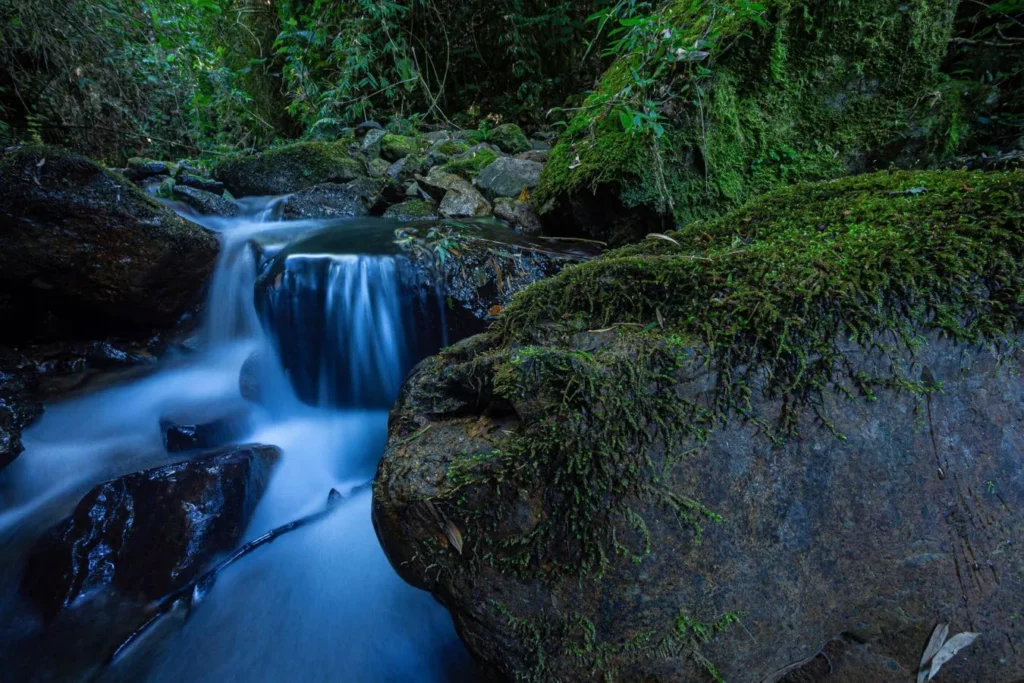
Three new-to-science frog species have been discovered in the remote Andes mountains of Peru, a remarkable finding that highlights the vast and untapped biodiversity hidden within these rugged peaks. Led by herpetologist Germán Chávez, an international team of scientists conducted rigorous surveys in the Cordillera de Huancabamba between 2021 and 2024, enduring treacherous trails and harsh conditions to uncover these three previously unknown species.
The newly discovered frogs were found in moist areas, streams, and páramo ecosystems at elevations ranging from 2,500 to nearly 3,000 meters. The findings have shed new light on the region’s unique ecosystem and the importance of preserving this biodiversity hotspot.
Pristimantis chinguelas, or Chingula cutin, is a standout species due to its distinctive long tubercles along the sides of its body, which emit a high-pitched “peep” that resonates through humid nights. Its habitat is in farming communities such as Segunda y Cajas, specifically Chinguelas Hill.
In contrast, Pristimantis nunezcortezi, or Elio’s cutin, was discovered in cool mountain streams within regenerating forests at higher elevations. This species’ black groin distinguishes it from its peers and is named after conservation ornithologist Elio Iván Núñez Cortés.
The smallest of the three species, Pristimantis yonke, or Cutin del yonque, was found nestled inside local bromeliads at nearly 3,000 meters in elevation. Its distinctive features include a flattened body, pointed head, and grainy texture, which are unique characteristics. The frog’s name pays tribute to the traditional Andean drink “yonke,” a sugarcane spirit consumed by locals as a staple on hikes, camping trips, and at rural celebrations.
The newly described species have sparked concern about their uncertain future due to habitat degradation, fire damage, and encroachment from expanding agriculture and cattle ranching. The authors urge that these frogs be listed under IUCN criteria as Data Deficient, emphasizing the need for further research and conservation efforts in this region.
Source: www.forbes.com

